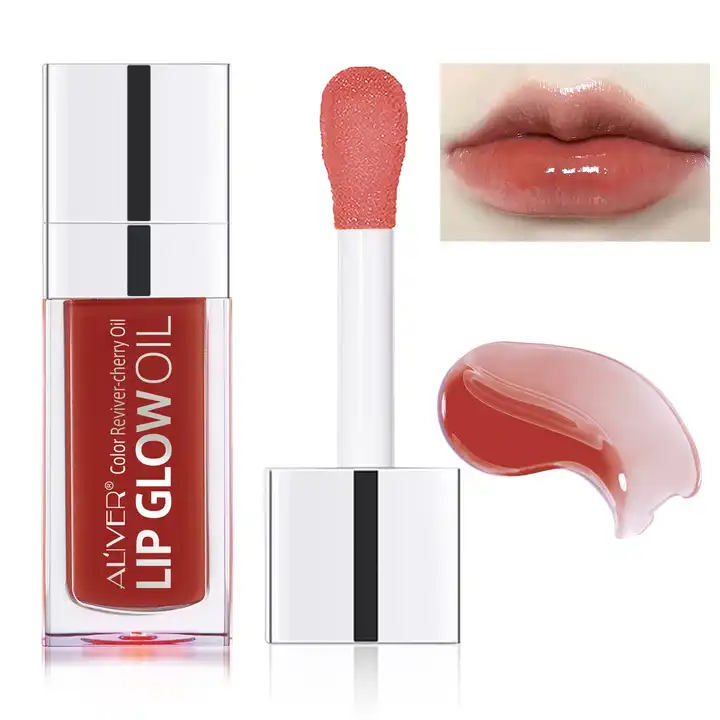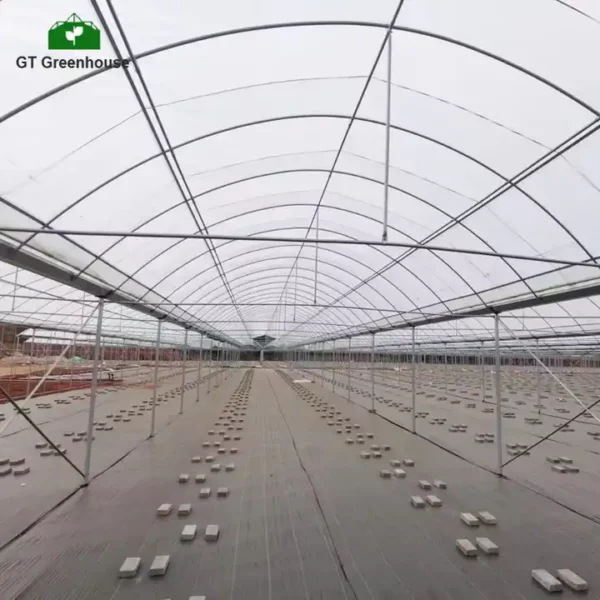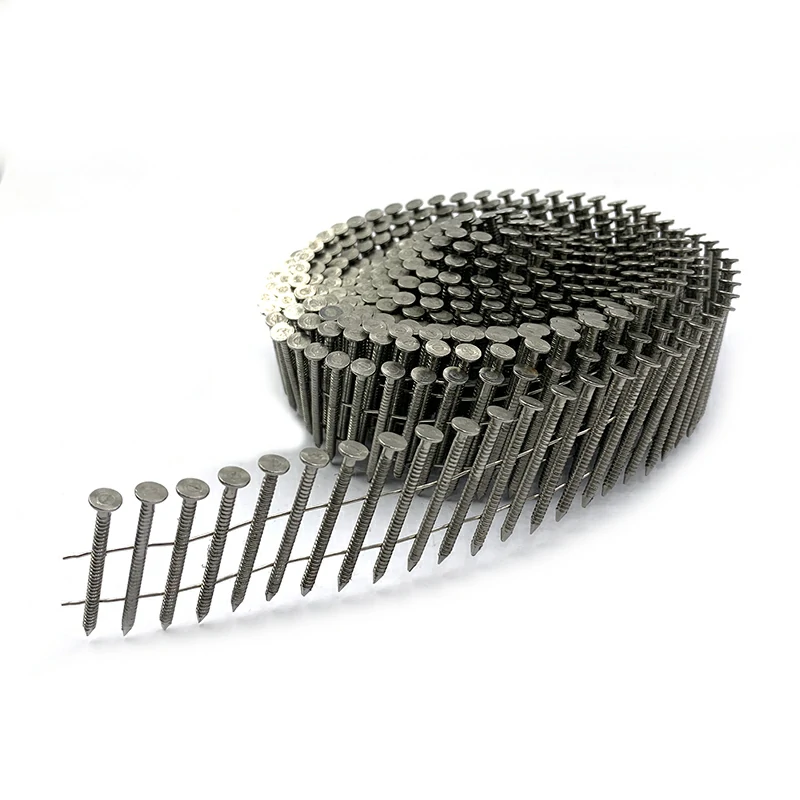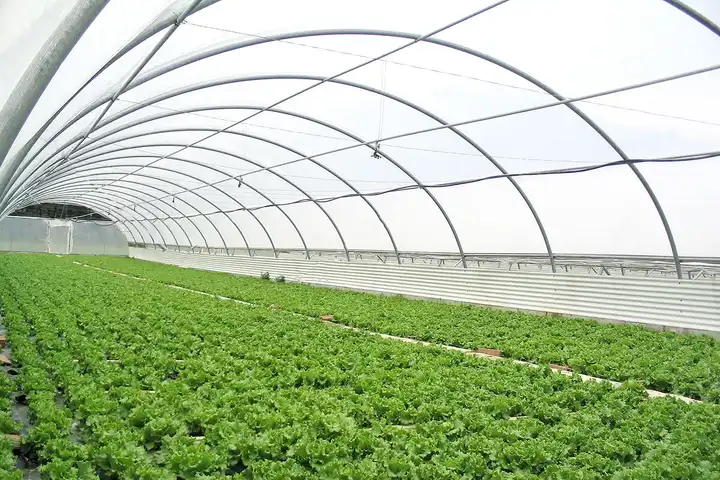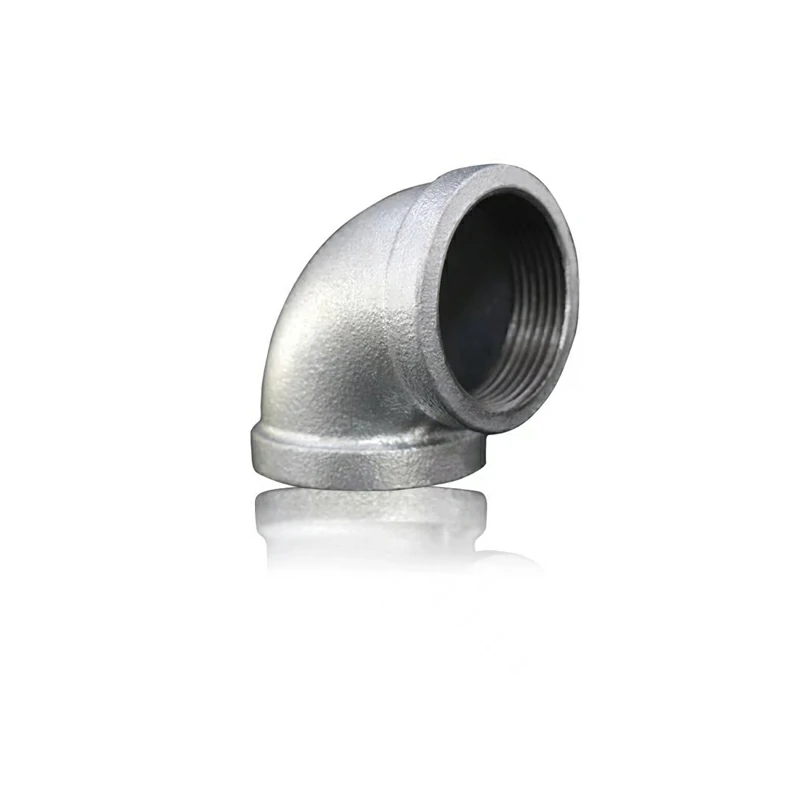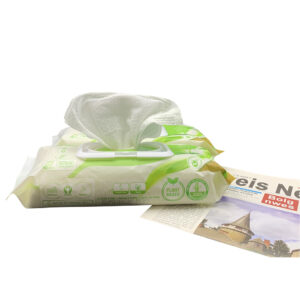Discoloration lip oils, also known as tinted lip oils or lip stains, generally contain pigments that provide color to the lips. These pigments are commonly used in cosmetic products and are considered safe for topical application. However, it’s important to note that individual sensitivities and allergies can vary, so it’s always a good idea to check the ingredients list and perform a patch test if you have any concerns or known allergies.
The advantages of color changing lip oil pigment
Color changing lip oil pigments, also known as color-adjusting or pH-reactive lip oils, offer several advantages that make them popular among users.
Here are some of the advantages of color changing lip oil pigments:
- Customized shade: Color changing lip oils adapt to the pH level of your lips, resulting in a unique shade that complements your natural lip color. This personalized color effect can provide a natural and flattering look that enhances your overall appearance.
- Subtle and natural: Unlike traditional lipsticks or lip stains, color changing lip oils tend to provide a more subtle and sheer color payoff. This can be ideal for those who prefer a more natural or effortless makeup look. The resulting tint is often lightweight and allows your natural lip color to show through, giving a soft and natural effect.
- Moisturizing and nourishing: Lip oils typically contain hydrating and nourishing ingredients, such as natural oils and antioxidants. They can help to moisturize and condition the lips, leaving them soft, smooth, and supple. The combination of color and hydration makes color changing lip oils a beneficial option for those looking to add a hint of color while caring for their lips.
- Versatility: Color changing lip oils can be versatile and suitable for various occasions. The sheer and adjustable color allows for a wide range of looks, from a subtle everyday tint to a more vibrant shade with additional layers. The adaptability of the color also makes it easier to find a shade that suits different skin tones and preferences.
- Low maintenance: Color changing lip oils generally have a lightweight and comfortable formula that requires minimal touch-ups throughout the day. As the color adjusts to your lips’ pH, it tends to fade gradually and evenly, reducing the need for frequent reapplication.
- Fun and unique experience: The color-changing aspect of these lip oils can be enjoyable and intriguing. Watching the color transform on your lips can add a bit of excitement to your makeup routine, making it a fun product to use.
It’s important to note that the color-changing effect may vary depending on factors such as individual pH levels, temperature, and the specific formulation of the lip oil. Additionally, color changing lip oil pigmented may not provide the same level of color intensity as traditional lipsticks or stains. However, if you appreciate a subtle and personalized lip color with added hydration, color changing lip oils can be a great option.
In general, lip oils with pigments are formulated to be safe for use on the lips. The pigments used are typically approved for cosmetic use and undergo testing to ensure their safety. However, it’s important to follow the usage instructions provided by the manufacturer and avoid ingesting or swallowing lip oils, as they are intended for external use only.
If you have particularly sensitive skin or have had adverse reactions to lip products in the past, it may be wise to consult with a dermatologist or allergist before using any new product, including lip oils with pigments. They can provide personalized advice based on your specific circumstances.
Overall, when used as directed and with consideration for individual sensitivities, lip oils with pigments are generally safe for use on the lips. If you have any concerns or experience any adverse reactions, discontinue use and consult a healthcare professional.
